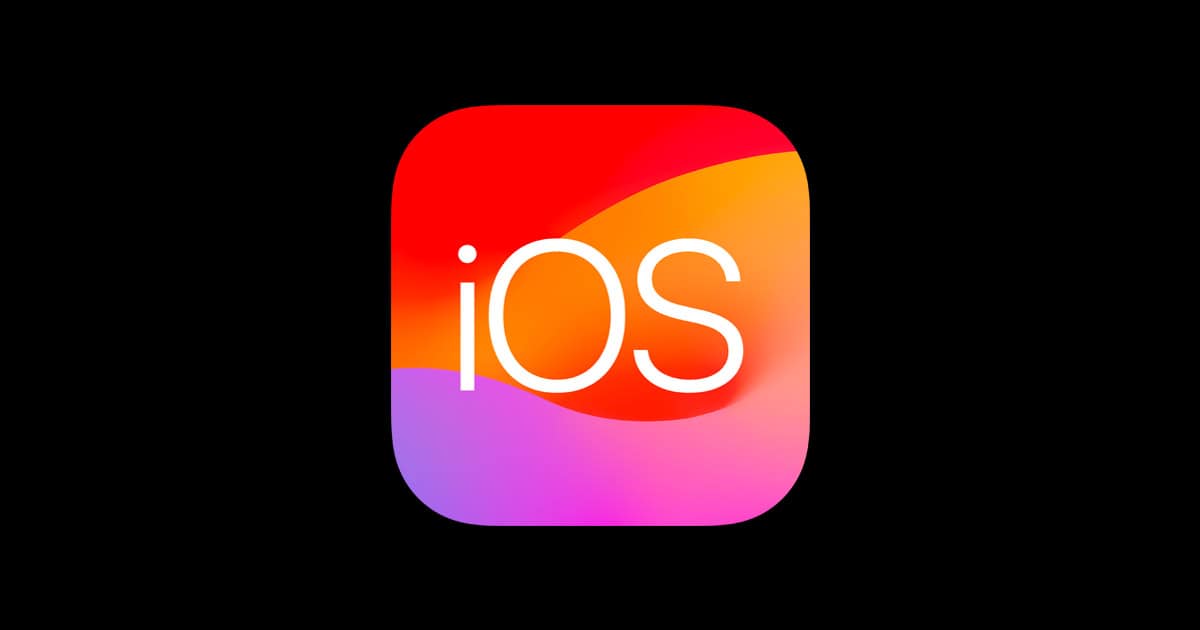With iOS 17, Apple has made iPhone email interactions more private and secure. The update limits the tracking of user data by removing tracking parameters from links shared in emails. This new feature gives users more control over their personal data and reduces unsolicited tracking. Marketers will need to adjust their strategies to comply with the changes. Apple’s focus on redefining privacy standards reflects a broader shift in the tech industry towards increased digital privacy.
Apple Takes a Stand for Privacy: iOS 17’s Email Tracking Changes
Apple’s iOS 17 update has stirred up discussions around email tracking and user privacy. The new features aim to give users more control over their data, but what does this mean for marketers and email recipients? Let’s break it down.
Mail Privacy Protection: Your Shield Against Trackers
One of the standout features in iOS 17 is Mail Privacy Protection (MPP). When enabled, it hides your IP address and prevents senders from knowing if you opened their email. This thwarts invisible tracking pixels often embedded in emails to monitor user behavior.
Link Tracking Protection: Stopping Sneaky Links
iOS 17 also introduces Link Tracking Protection (LTP). This feature removes tracking parameters from links in emails, messages, and Safari Private Browsing mode. LTP ensures that when you click a link, your personal information isn’t sent back to the sender or third-party trackers.
What This Means for Users
| Feature | User Benefit |
|---|---|
| Mail Privacy Protection | Protects IP address and hides email open activity from senders. |
| Link Tracking Protection | Stops tracking parameters from being attached to links you click. |
These features empower users to protect their privacy and control how their data is used.
Impact on Email Marketing
While beneficial for users, these changes pose challenges for email marketers:
- Open Rates: With MPP, open rates become less reliable, making it harder to gauge campaign effectiveness.
- Click Tracking: LTP can disrupt some click tracking methods, affecting how marketers attribute conversions.
Adaptation for Marketers
To thrive in the privacy-conscious era of iOS 17, marketers need to adapt their strategies:
- Focus on First-Party Data: Collect data directly from your customers through surveys, forms, and website interactions.
- Prioritize Engagement Metrics: Shift focus to metrics like click-through rates, conversions, and engagement time to measure campaign success.
- Utilize Apple’s Private Click Measurement: This tool allows for some click attribution while preserving user privacy.
iOS 17’s email tracking changes mark a shift towards greater user privacy. While this poses challenges for marketers, it also presents an opportunity to build trust with customers by respecting their data and delivering personalized experiences.
Key Takeaways
- iOS 17’s features advance user privacy by curbing email tracking.
- These changes impact both consumers and businesses.
- The update continues Apple’s leadership in privacy and security.
Email Tracking Technology in iOS 17
iOS 17 brings a significant shift in managing user privacy related to email tracking. This section dives into the specifics of these changes.
Understanding Email Tracking
Email tracking typically involves the use of small, often invisible elements within an email to collect data on user activity. Marketers use this technique to gather insights like email open rates and click-through occurrences. Common tracking parameters include Google Analytics’ ‘gclid’, Facebook’s ‘fbclid’, and identifiers for email marketing campaigns such as ‘mc_eid’ or ‘msclkid’.
iOS 17’s Approach to Email Privacy
Apple’s iOS 17 prioritizes user privacy in Mail by introducing measures to curb the reach of trackers. The operating system’s Mail app now strives to limit the amount of information that email marketers can collect. By doing so, it ensures that users have control over their own data and reduces the potential for unsolicited tracking of their online email behavior.
Tracking Parameters and Link Tracking Protection
iOS 17 features Link Tracking Protection which automatically strips certain tracking parameters from URLs. These include ‘gclid’, ‘fbclid’, ‘mc_eid’, and ‘msclkid’. This effort extends the principles of Private Click Measurement, a mechanism designed for advertising in a way that maintains user privacy. The system removes content that helps trackers compile detailed user profiles based on email interaction. This change poses a challenge for email marketers and advertisers reliant on these parameters for ad attribution and analytics with platforms like Google Analytics and Adobe Analytics.
Implications for Users and Marketers
Apple’s iOS 17 brings significant changes to how email tracking operates. It affects user privacy and alters how marketers plan campaigns.
Impact on User Privacy and Choice
iOS 17 enhances user privacy by removing certain tracking parameters from URLs. This limits sites like Facebook and Google from collecting detailed user data. Users have more choice over their online footprint. With iOS 17, Safari, Mail, and Messages apps no longer share user-identifiable tracking parameters.
Changes to Email Marketing Strategies
Marketers must adjust strategies as iOS 17 disrupts traditional email tracking. Tracking technologies like third-party cookies are less effective. Marketers must look beyond metrics like click rates to gauge campaign success. They need to innovate without relying heavily on retargeting or data collection methods that infringe on privacy.
The Role of First-Party Data and Consent
The shift to prioritize user privacy puts first-party data at the forefront. Advertisers must gain user trust and consent for personalization. Transparency is key. Marketers should focus on building direct relationships with users to legally collect data. This enables personalized campaigns while respecting user privacy.





